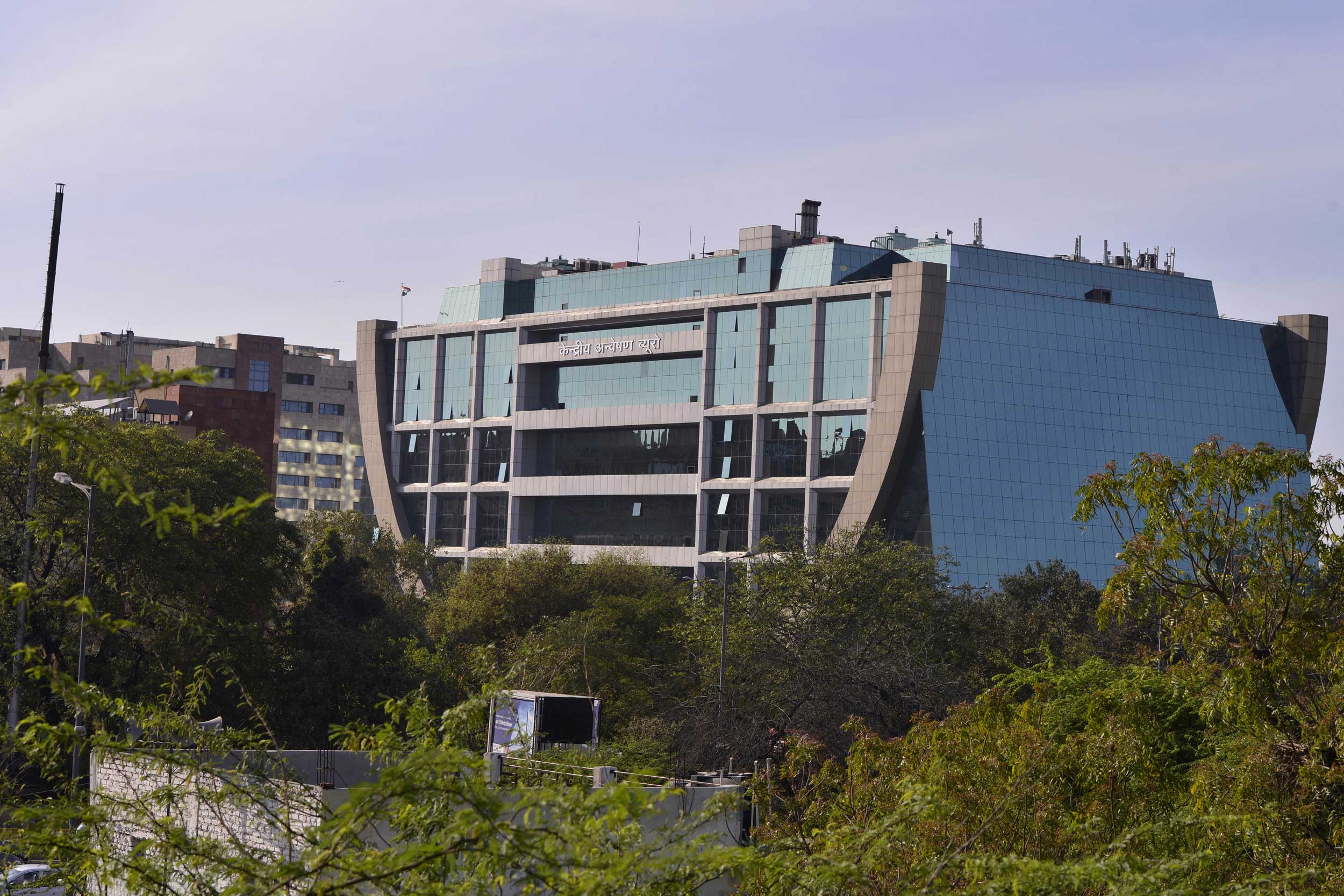Meghalaya and Assam will jointly fight air pollution in and around an industrial area located along the border in the near future.
According to the Meghalaya Pollution Control Board, the air quality rating at the Byrnihat industrial area, also known as Export Promotion Industrial Park (EPIP), is “moderate”. It is located along the Ri Bhoi-Kamrup area along the inter-state border.
Of the 10 air-quality monitoring centres in Meghalaya, only Byrnihat and Umïam industrial area have recorded moderate air quality index. The monitoring centres are likely to be increased by another 10 in the next few months.
According to the ratings for the third week of May, the air quality index at Byrnihat was 128 while at Umïam it was 108.
On World Environment Day here on Wednesday, board chairman and principal chief conservator of forests C.P. Marak told The Telegraph that the board has formulated an action plan to tackle the air pollution emanating from the Byrnihat industrial area. “But this (action plan) needs to be fine tuned. We will require inputs from Assam. For that, we intend to call a meeting within this month of officials of the pollution control boards and from other departments. We aim to bring the air quality rating from moderate to satisfactory level,” Marak said.
He said the Assam government’s cooperation was required as many industries have come up on the other side of the border.
On whether vehicular traffic here was affecting the air quality, he said that people living in the hill areas and where the forest cover is very high have an advantage as the forest offsets the emissions.
“It is all the more important for us in Meghalaya or an urban area like Shillong to ensure that the green cover is kept in perpetuity. Wherever there is a blank space, we can increase the green cover and wherever it is already green, we can increase the quality of the forests so that the carbon dioxide is absorbed and we get oxygen in return,” Marak added. He said Meghalaya has both forest and tree cover of nearly 80 per cent.
1.5 million saplings Meghalaya has planted 1.5 million saplings on a single day. Announcing this on Wednesday, chief minister Conrad K. Sangma wrote on his official Twitter handle: “Happy to announce that #Meghalaya planted today 1.5 million trees. Thank you citizens and all officials and stakeholders for your pledge and support for #OneCitizenOneTree campaign.”
Earlier, he planted saplings at Lyngkyrdem village in East Khasi Hills district, over 40km from here. Conrad pledged to continue plantation of saplings and “take care of my tree.”
Earlier, the government had announced planting of one million saplings in about 306 spring sheds across the state. Another 460,000 saplings were to be planted in villages located under 46 community and rural development blocks. The mega plantation drive is part of the “Meghalaya one citizen one tree” campaign.
Plantation in the springsheds is a Rs 4.11-crore project under the National Adaptation Fund for Climate Change (NAFCC) as part of the initiative to protect vulnerable springs and rejuvenate their catchments/recharge areas.
The project aims to address the challenges and threats to the springs and ensure sustained yield and availability, especially during the dry months. Waterways in Meghalaya are rain-fed and sources of water in rivers and streams are the feeder springs.
The initiative to plant saplings is expected to ensure that the catchments of these springs are revived and water discharge from such springs improves.
Health minister A.L. Hek, however, has sounded a word of caution. He said the saplings need to be nurtured till they become trees. “We are all concerned about environment and climate change, but we, as citizens, are responsible for emitting carbon dioxide. While we plant saplings, we must ensure that we nurture them as well,” Hek said.
The principal chief conservator of forests, Meghalaya, C.P. Marak, said nearly two years back the state’s forest and environment department had commissioned a study on carbon footprint in the state.
“The findings say that we have the lowest carbon footprint in the country,” he said.










